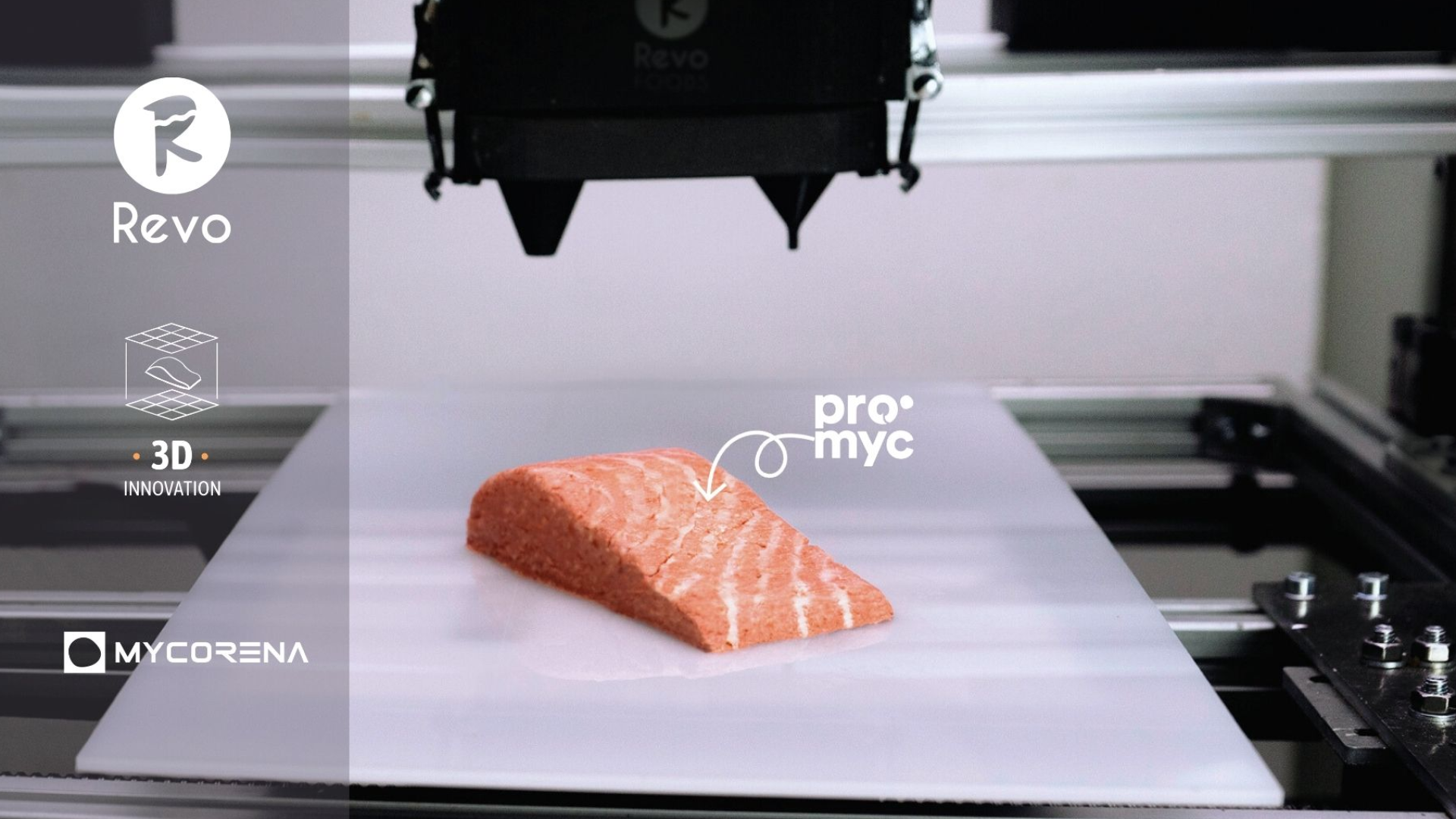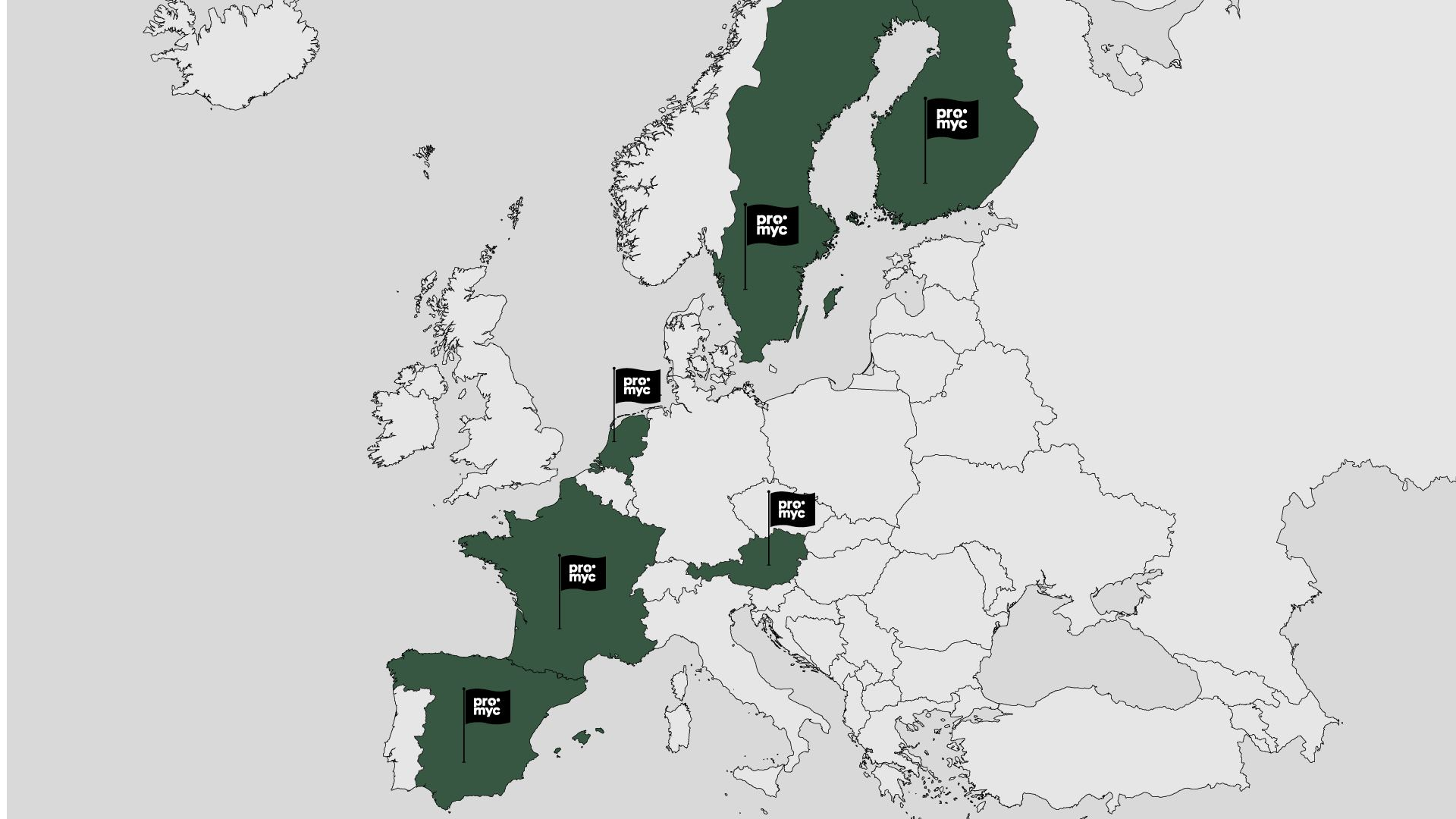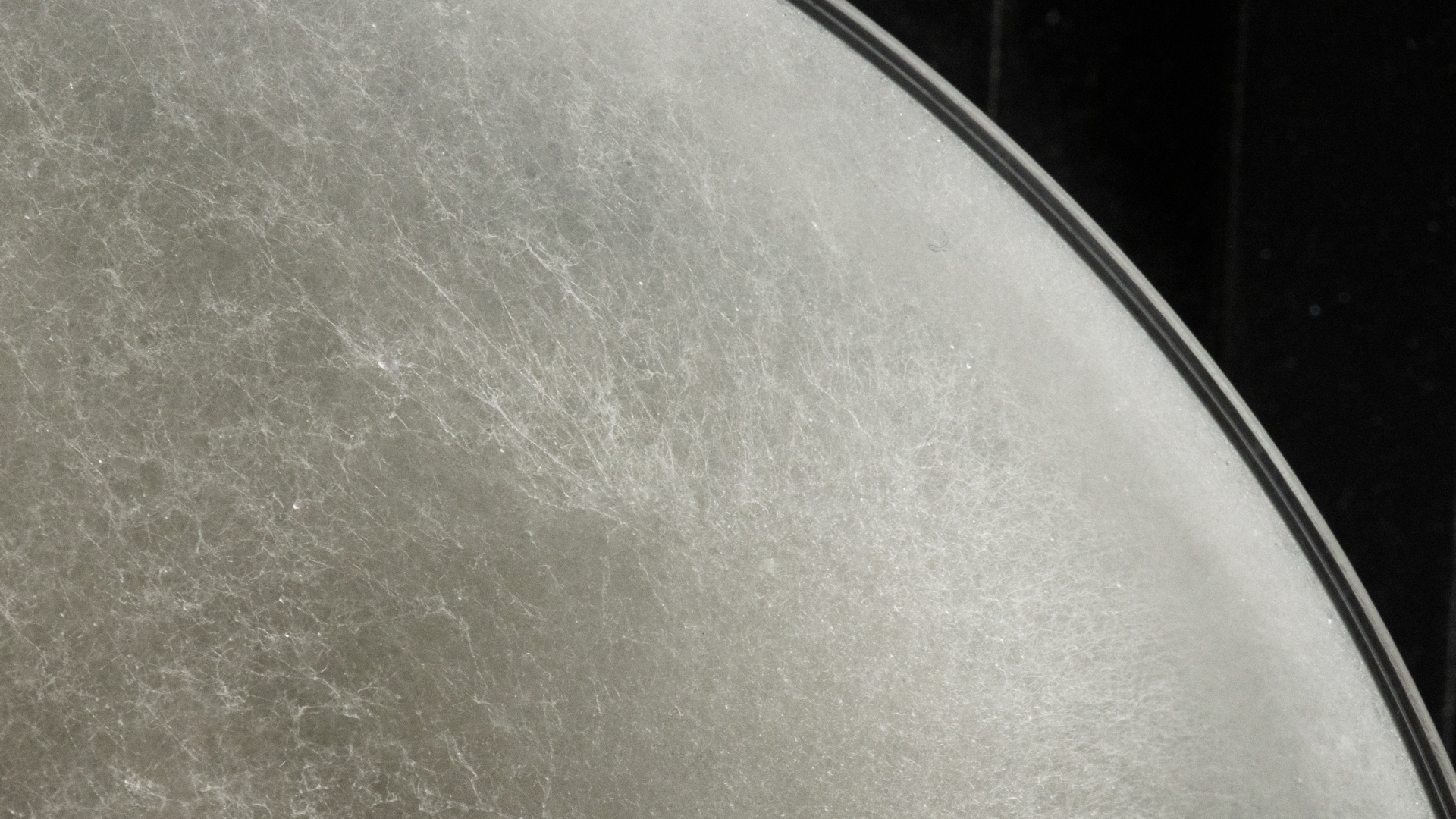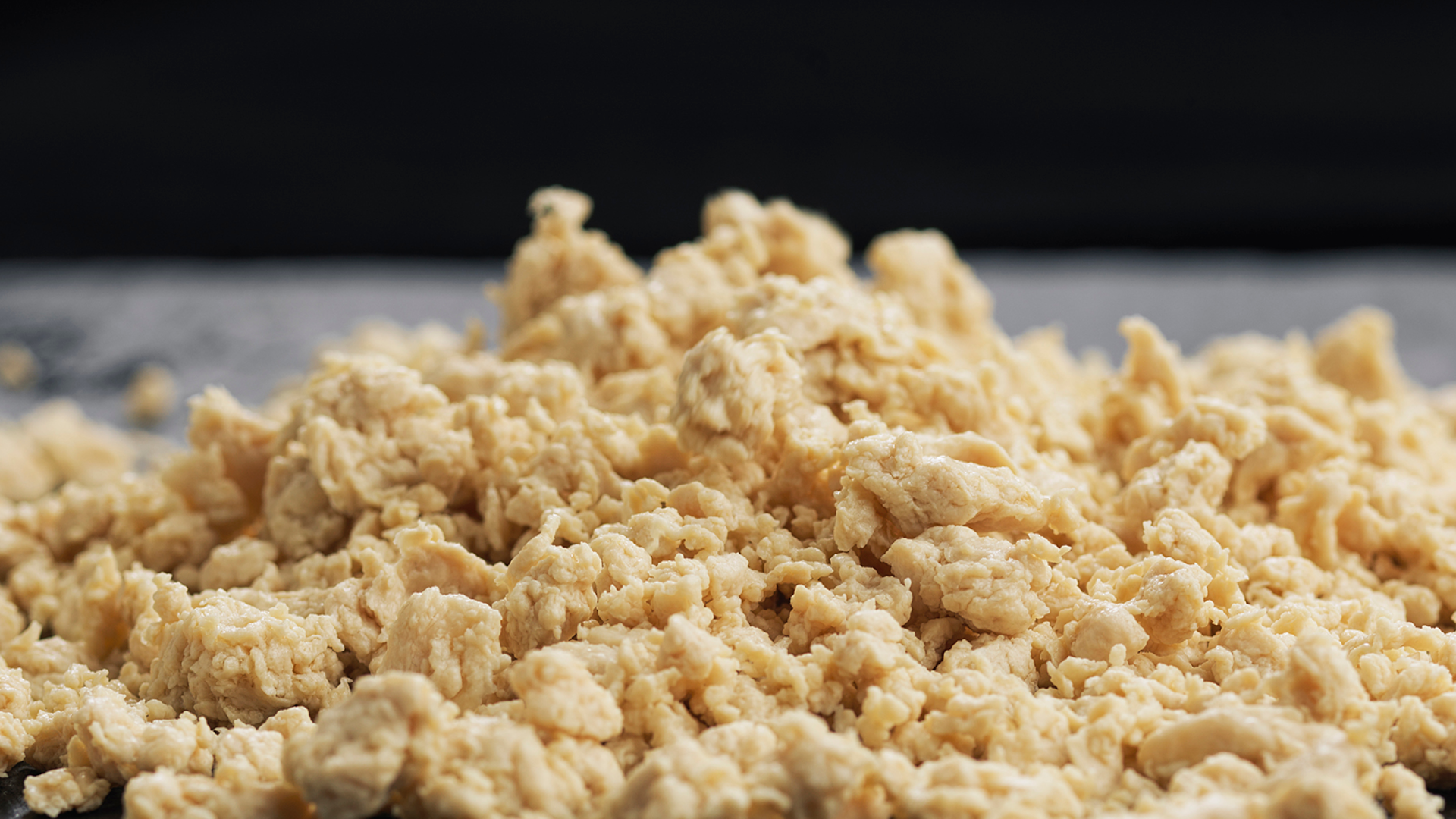Filamentous fungi have been used for centuries in the process of making food and beverages, and for decades for the production of enzymes and pharmaceuticals. Think for example of mouldy cheeses, tempeh and the antibiotic penicillin, which are all made possible by fungi. And new inventions and application fields are coming up all the time, which include wastewater treatment, biological pest control, and last but not least our own edible fungi protein. We, at Mycorena, were curious about the developments of the patent landscape of the last few years regarding these versatile organisms, and here’s a short summary of the findings.

Every single year for the past decade, and for a long time before that, industrial and academic players have had a steady output of new discoveries and innovations related to the intriguing and resourceful family of filamentous fungi. We could clearly see that patented inventions involving this group of organisms have been increasing significantly since 1990 (Fig. 1) and the most prominent key players are companies that provide biotechnological and chemical solutions, such as Dupont, Novozymes, DSM (Fig. 2). In our analysis we looked at different technical domains including, but not restricted to, pharmaceuticals, chemicals and biotechnology. In addition, we focussed on the patent families with publication dates in the last five years (2015-2020).

The key trends that we identified concerning the patenting landscape of filamentous fungi are 1) the use of the organism as a food source (mycoprotein) by a wider variety of players, 2) the continued improvement of cultivation techniques mostly due to genetic and metabolic engineering, and 3) the use of filamentous fungi as biodegradable materials in applications such as insulations and packaging. Furthermore, the use of fungi in environmental technology is increasing, where filamentous fungi are for example applied in wastewater treatment, with China spearheading the inventions in this field. Filamentous fungi are also becoming an increasingly important part in pesticide formulation and agricultural practices. We will certainly see a further increase of intellectual property (IP) being generated in the area of fungi biotechnology, since the need for green and sustainable technology in all areas of industry is increasing. With only a small fraction of fungi characterised and used in industry, there is still a lot to learn regarding their applications, and the potential of these fascinating organisms has by far not reached its peak yet. The large and increasing activity in patent filing and other actions relating to intellectual property is an important sign of the continued importance of filamentous fungi in the shift of global markets into large-scale bio-economies.
For a more in depth analysis and details have a look at our white paper on Recent Advances in the Intellectual Property Landscape of Filamentous Fungi.
Mycorena is a Swedish company that produces food products by using filamentous fungi in a fermentation process. Judging by the high global levels of activity within the entire intellectual property space, we are not alone. With an aspiration to become the world’s leading brand for fungi-based products and ingredients and as strong believers in the extraordinary possibilities of fungi, we welcome these developments with great enthusiasm. We are building an extensive portfolio of patents and other intellectual property rights that can be used to create technology transfer and diffusion through licensing, extensive cross-industry collaborations, and joint venture formation. We are therefore very positive towards seeing such high activity within patenting and other types of intellectual value creation within various fields related to filamentous fungi. Our hope is that regulation and conventions will continue to develop in a direction that supports and incentivizes innovation.
Since Mycorena’s focus lies within the production of fungi-based edible protein for food applications, we are observing with particular interest the developments in this field. Commercial actors are developing not only foodstuffs composed of fungal biomass, but also a range of specialized compounds that have various uses within the field. With our flagship product Promyc®, we are aiming to replace economically and environmentally unsustainable protein sources with superior alternatives. Seeing that a range of other actors with expertise in fungi cultivation and fermentation technology are inhabiting other parts of the food & feed markets makes us excited to build the future of microbial nutrition together.
Author: Puck Achterberg
Project Intern at Mycorena












